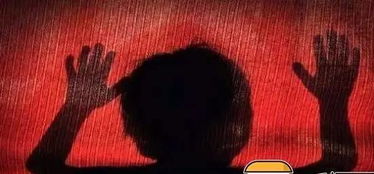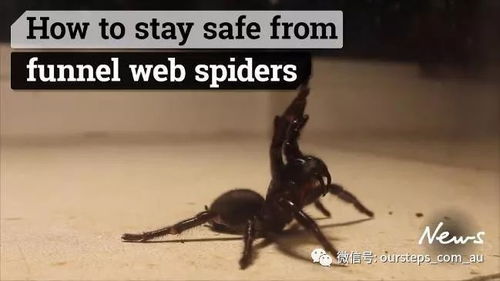
Spider Bite Early Stages: A Comprehensive Guide
When you’re out enjoying the great outdoors, the last thing you expect is to be bitten by a spider. However, spider bites can happen, and it’s crucial to understand the early stages of a spider bite to ensure proper treatment and prevent complications. In this article, we will delve into the various aspects of spider bites, including their symptoms, causes, and first-aid measures.
Identifying a Spider Bite

Spider bites can be tricky to identify, as some species are more venomous than others. Here are some common signs to look out for:
- Redness and Swelling: The area around the bite may become red and swollen.
- Pain: You may experience a sharp or throbbing pain at the bite site.
- Itching: The area may become itchy, especially if the bite is from a venomous spider.
- Wheal and Erythema: A raised, red bump (wheal) and surrounding redness (erythema) may form.
It’s important to note that not all spider bites are venomous, and some may not cause any symptoms at all. However, if you suspect a venomous spider bite, it’s best to seek medical attention promptly.
Common Spider Bite Causes

Spider bites can occur when you come into contact with a spider, either by accidentally stepping on it or by disturbing its web. Here are some common causes of spider bites:
- Accidental Contact: Stepping on a spider or brushing up against its web can lead to a bite.
- Disturbing a Spider’s Nest: Moving objects or furniture that may contain a spider’s nest can result in a bite.
- Living in Spider-Prone Areas: If you live in an area with a high spider population, you’re more likely to encounter a spider bite.
Some species of spiders are more likely to bite humans, such as the black widow, brown recluse, and hobo spider. It’s essential to be aware of the spiders in your area and take precautions to avoid them.
Early Stages of a Spider Bite

The early stages of a spider bite can vary depending on the species of spider and the amount of venom injected. Here are some common symptoms:
- Pain: The pain may be sharp, throbbing, or burning.
- Redness and Swelling: The area around the bite may become red and swollen, sometimes rapidly.
- Itching: The bite site may become itchy, especially if the spider is venomous.
- Wheal and Erythema: A raised, red bump (wheal) and surrounding redness (erythema) may form.
- Other Symptoms: In some cases, you may experience nausea, vomiting, fever, or difficulty breathing.
It’s important to monitor the bite site for any signs of infection, such as increased redness, swelling, warmth, or pus. If you notice these symptoms, seek medical attention immediately.
First-Aid Measures for Spider Bites
When dealing with a spider bite, it’s crucial to take immediate action to prevent complications. Here are some first-aid measures to follow:
- Wash the Bite Site: Gently wash the bite site with soap and water to remove any debris.
- Apply Ice: Place a cold compress or ice pack on the bite site for 10-15 minutes at a time to reduce swelling and pain.
- Keep the Area Elevated: If possible, elevate the affected limb to reduce swelling.
- Seek Medical Attention: If you suspect a venomous spider bite, seek medical attention promptly.
Remember, it’s always better to err on the side of caution when dealing with a spider bite. If you’re unsure about the severity of the bite, it’s best to consult a healthcare professional.
Preventing Spider Bites
Preventing spider bites is the best way to avoid complications. Here







